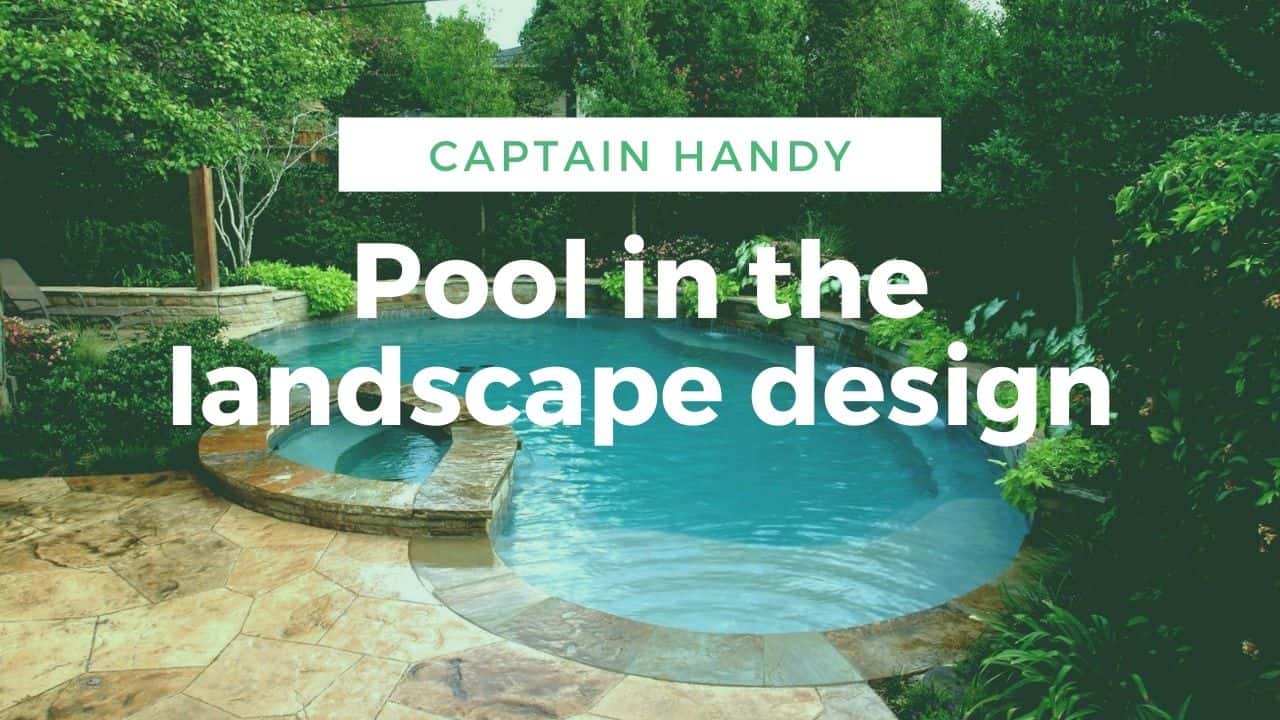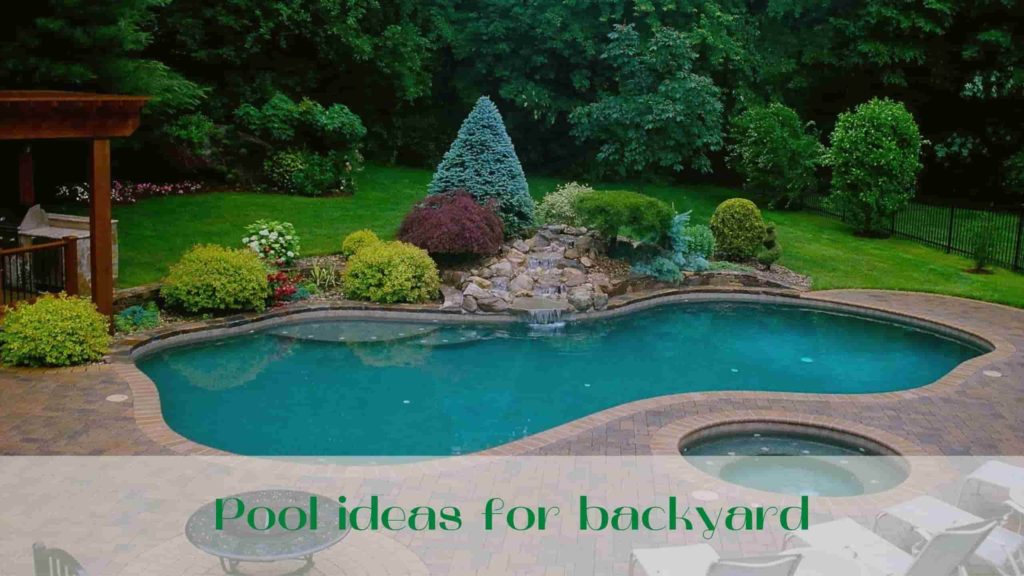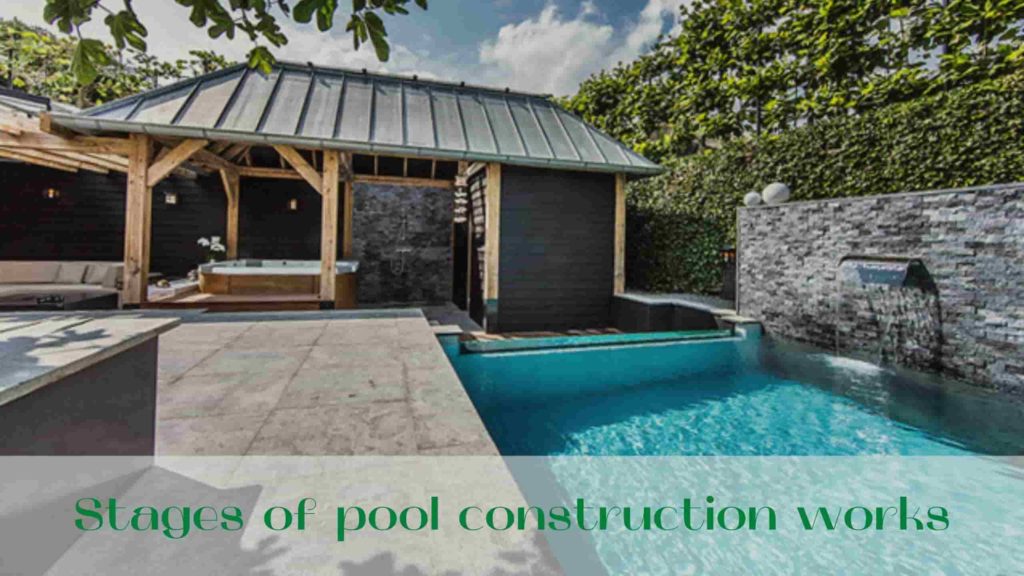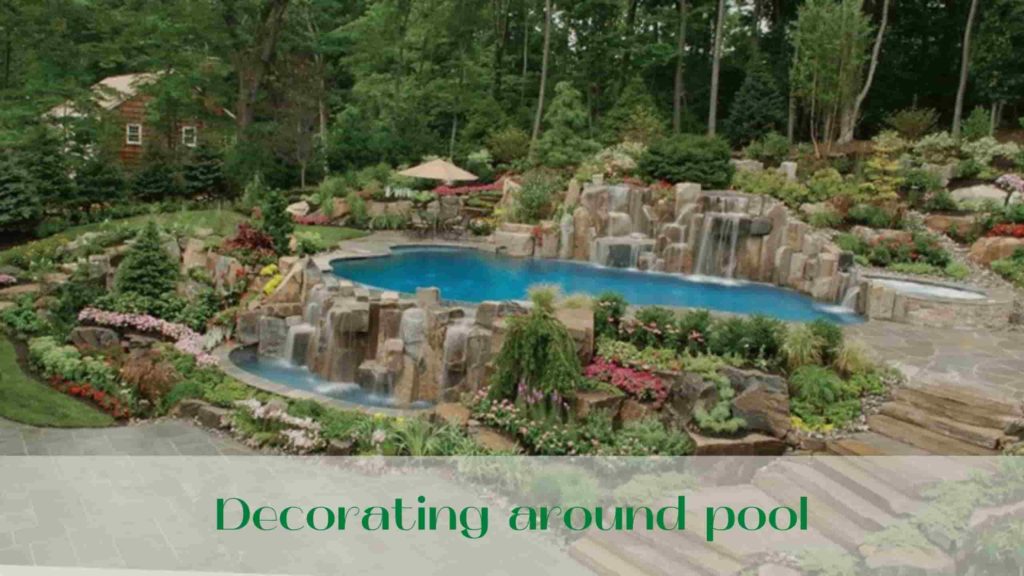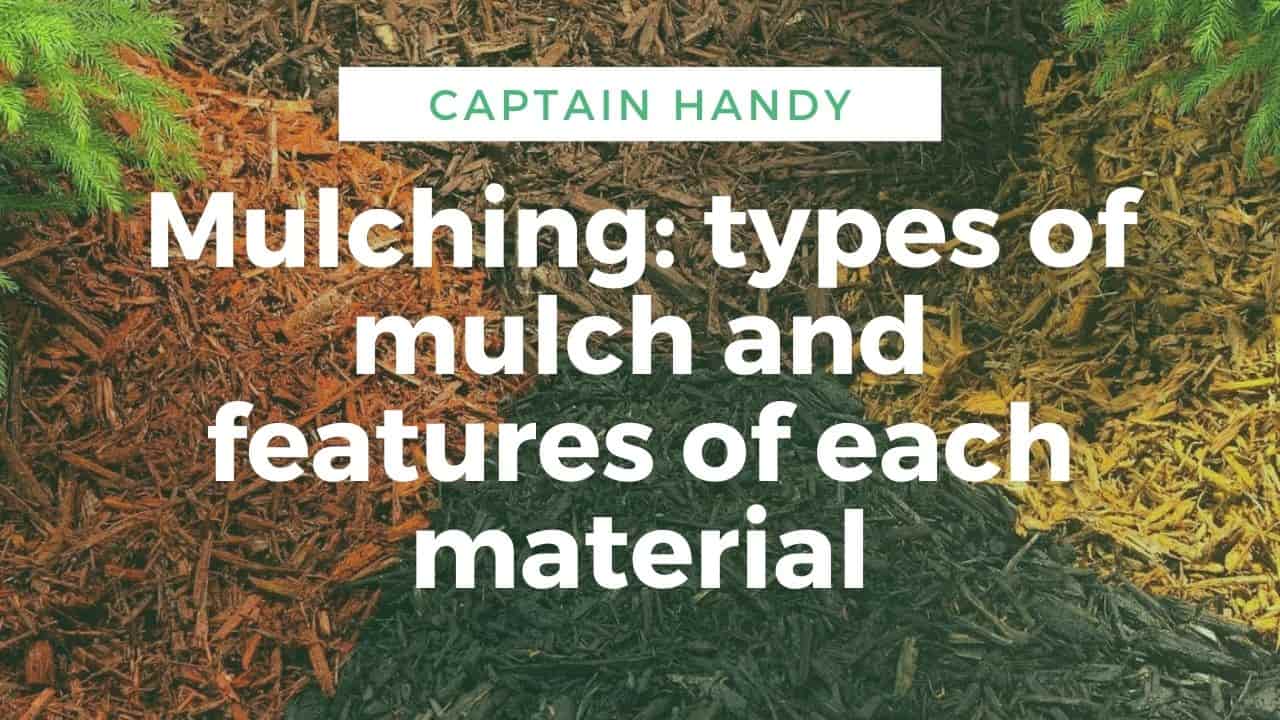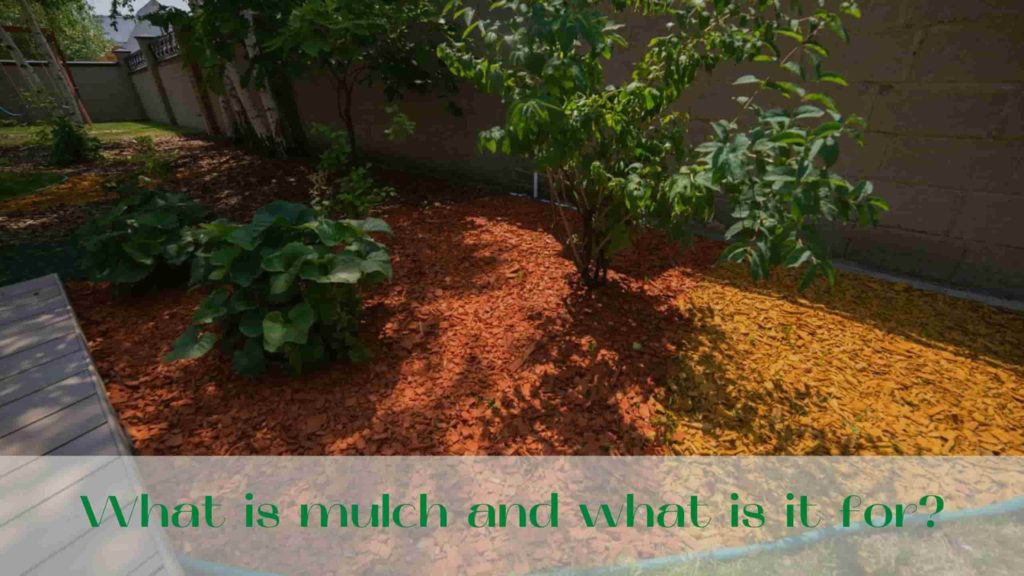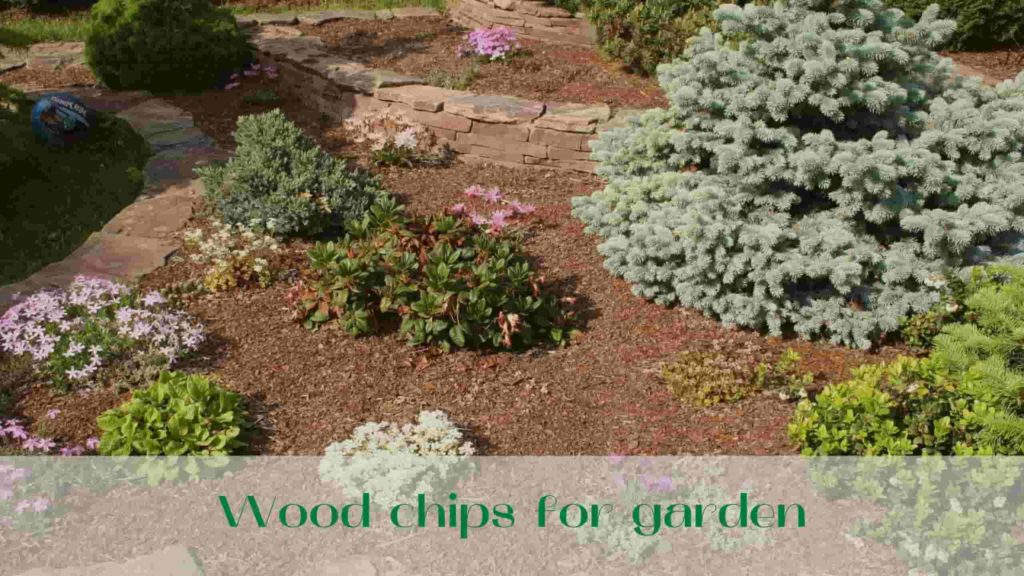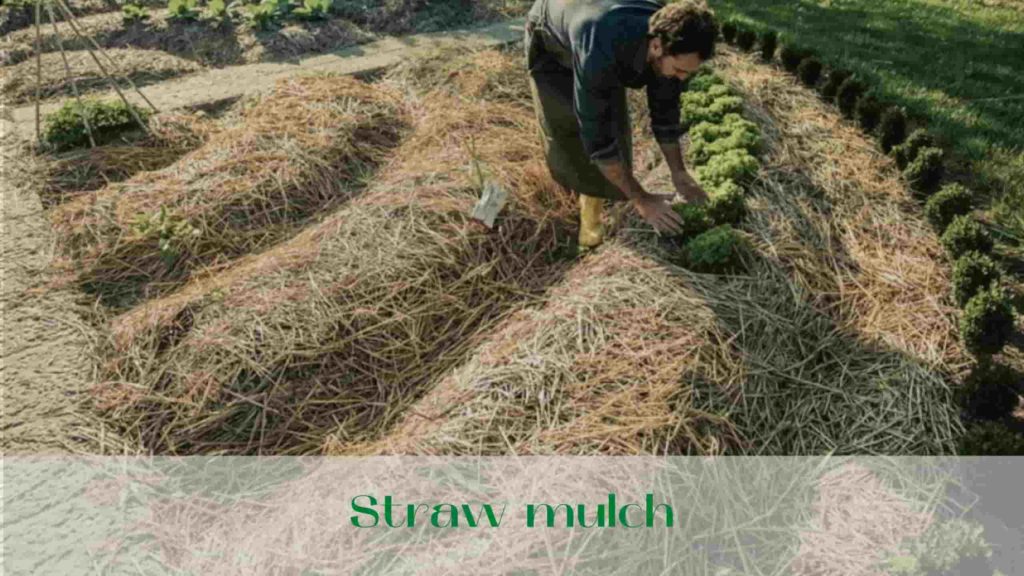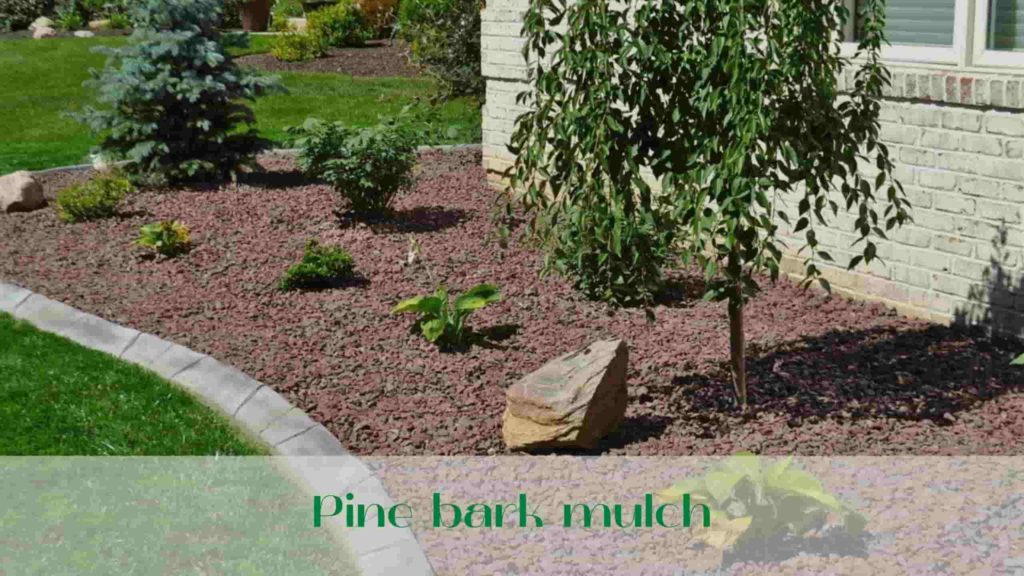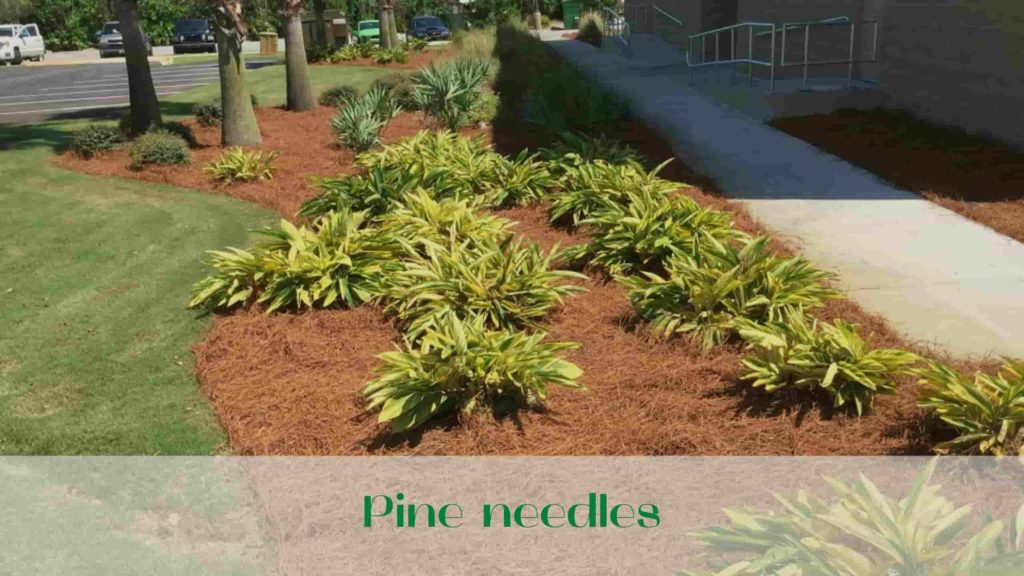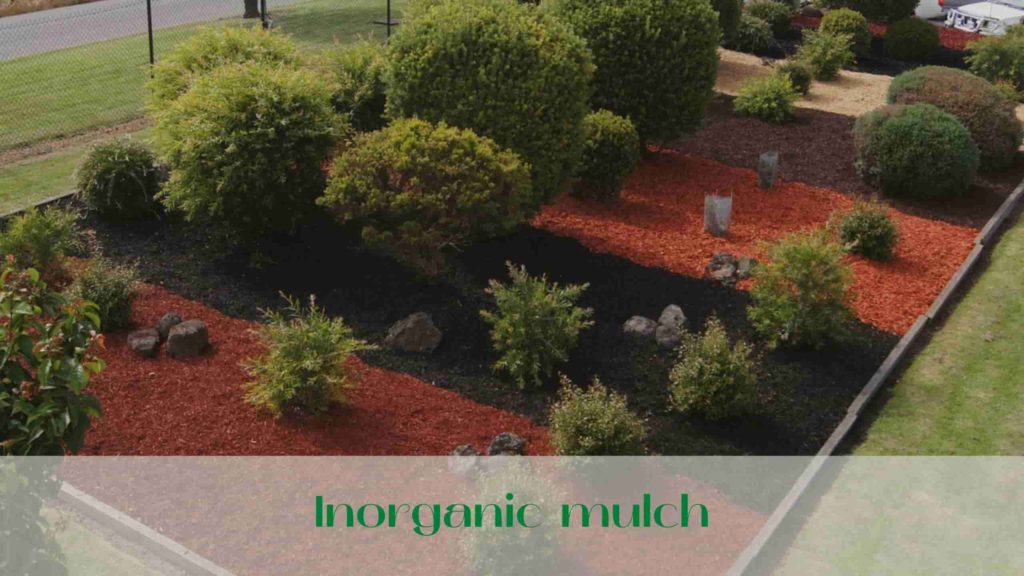
Landscape design is a unique and distinctive discipline at the intersection of architecture, biology and aesthetics. By ennobling the space around his home, a person solves utilitarian problems and creates a unique corner for unity with nature. By utilitarian goals we mean the agricultural and ornamental gardening, organizing home comfort, comparable with the comfort of a city apartment, but away from the noise and dust of the metropolis.
Clearly to trace trends in landscape design in 2023, it is difficult enough, at least because there are many areas in the world, representatives of which differently assess the existing trends and set priorities. The proposed trends – just one of the possible views on the ways of development of the art of decoration of territories in the beginning of the year. Here are the trends noted by experts:
Landscape design trends 2023
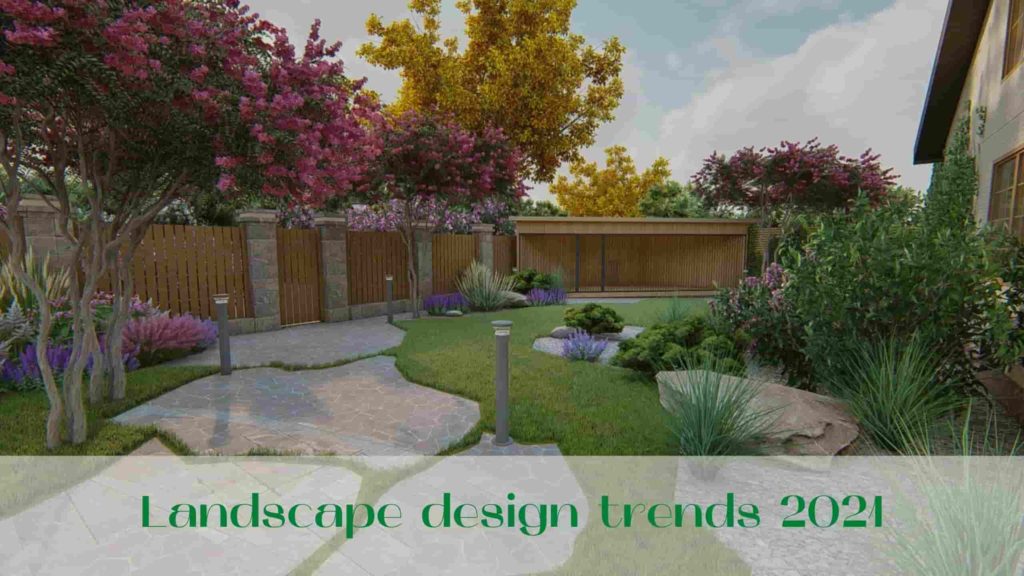
- Gone are the strict geometric plot planning, symmetrically arranged arbors and flowerbeds, straight paths crossing at a 90-degree angle.
- In planting priority is given to “meadow lawns“, strengthened fashion for decorative perennial grasses such as: cortaderia (pampas grass), miscanthus, blue fescue, setaria Italian, barley mane. They combine unpretentiousness and attractive appearance with a long flowering period. Meadow grasses are used universally – for zoning areas, decorating flower beds and flower beds, design of recreation areas.
- Symmetrically planted conifers, hedges of the same living thus are losing their popularity. Intentionally disorderly groups of bushes and trees or even “neglected” British gardens that grow “by themselves” since time immemorial, like in Baskerville Manor, are trending. Customers are not even embarrassed by the fact that the cost of planting plants in such an intricate and troublesome format is much higher, that it is more difficult to care for them.
- In the place of flat as a tabletop plots with refined alpine rockeries and rockeries comes large-scale geoplasty, carried out with the help of heavy earthmoving equipment. Hills, ravines, large boulders, and other elements of the natural landscape appear on plots. Such projects require designers especially careful calculations, especially in areas with difficult soils and in areas with capricious weather and an abundance of precipitation.
- The natural landscape involves the creation of water features on it, both static (ponds, ornamental swamps) and dynamic (streams, waterfalls). Fluctuating in the breeze water surface or romantically murmuring brook – excellent means of relaxation. Plot with its own hydrosystem should be sufficiently extensive and have a constant source of water. You must exclude waterlogging and control the population of insects, for which standing water is a breeding ground.
- The desire for naturalism is expressed in the rejection of concrete, asphalt and lined with square tiles in favor of ecological decking, backfill with fine crushed stone, expanded clay or mulch. Step paths made of treated stones or stylized rounded tiles are popular.
- Homeowners seem to be gradually taking over the fashion for stationary and portable barbecue stoves in the form of lodges and mini-castles, in the manner of those popular in the southern United States. Among them are coal-fired, wood-fired, gas-fired and electric. The crude quadrangular box mangal on legs is yesterday’s day.
Landscaping and Coronavirus

The coronavirus pandemic also brought original new trends to landscape design in 2021. Self-isolation mode has increased the number of people working remotely from home. Many site owners have decided to set up a summer office in the lap of nature – in a gazebo, a barn, or even a specially equipped cabin in a tree. Why not brighten up the quarantine weekdays with the memories of childhood games in the secret “headquarters”?
A number of customers had a desire to make the area more closed off from outsiders. This manifested itself in the planting of dense vegetation around the perimeter of the plots.
In general, many experts have observed a tendency of owners of country properties to spend more time on recreation, rather than laborious work in an orchard or vegetable greenhouse. The emphasis is on unity with nature and the desire to escape from the cares and complexities of the world around them.
Clever solutions

It’s the 21st century, and it’s no surprise that the latest electronic technology is driving many of the landscape design trends of 2023. Computer programs and smartphone apps can remotely coordinate automatic garden watering, site lighting, and lawn and greenhouse heating. Artificial soil heating allows not only to extend the beauty until frost and get an early harvest, but also to control the temperature in greenhouses throughout the winter.
Much attention is paid by designers to the light dynamics of areas. Synchronized and controlled by the application diode lights can change the color and intensity of illumination, the direction of the light flux, creating a unique picture of the garden at night. Modern lighting systems require minimal power consumption, most often they autonomously operate on solar panels.
Another likely “chip” of the year is a system of fogging, combined with the original LED lighting.
Among the newest technologies recommended by the designers are renewable energy sources – solar panels and wind turbines. A powerful solar panel is quite expensive, but it will make the country house independent of external power supply.

